A Scottish co-operative society has contributed £21,000 of funding to help train 15 new RNLI recruits.
ScotMid is supporting 15 lifeboat stations including those based at Aberdeen, Buckie, Fraserburgh, Kessock, Loch Ness, Macduff, Oban, Peterhead and Thurso to provide training for one recruit.
It costs about £1,400 to fully train each crew member so the funding will cover a full year of training for each of the volunteers.
Lindsey Randall has been a volunteer crew member at Kessock RNLI for the past two years and knows firsthand how important the training is to give crews the best possible chance to save lives every time they are called out.
She said: “Training brings us all home safe. It takes everyone on the lifeboat and shore team to work together to ensure we do the job to the best of our ability – everyone plays their part.
“Without training and knowing your role inside out, you wouldn’t be able to do this role effectively. Without the training, we would not have the confidence or skills to deal with some of the high pressure situations we need to deal with.”
‘Performing effectively’ every time
Volunteers make up 95% of all RNLI members who require intensive training when they join and ongoing training and specialist courses to be completed each year.
Fellow RNLI Kessock crew member, Stuart Dustan, added: “A large number of the emergency calls the RNLI respond to are incidents involving a risk to life or are time critical.
“This urgency comes with a certain amount of pressure, and that’s where our regular, high quality training comes in to ensure we are fully prepared and equipped to face certain situations.
‘Lifesaving skills’
“Casualty care training provides you with lifesaving skills that can be used in any emergency situation, and the training can also provide crew members with interpersonal skills, such as team-working, leadership and communication.
“I know I respond to all shouts with the knowledge that I am capable of performing effectively whenever and whatever we are tasked to. I also know I am fully supported by the helms and crew in doing so.”
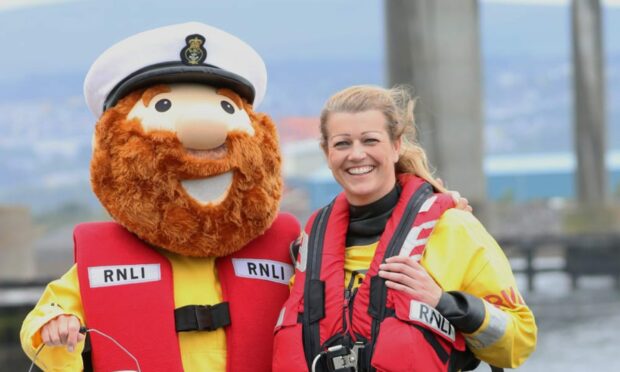

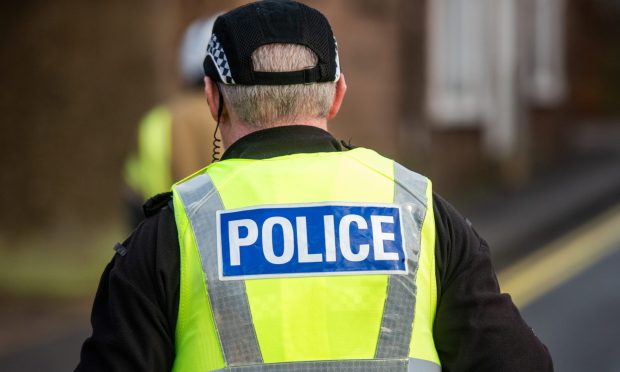
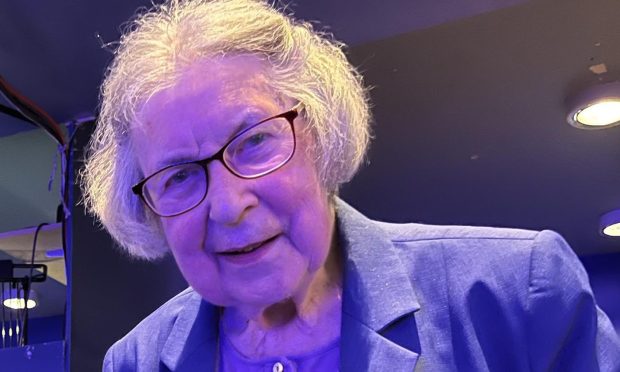
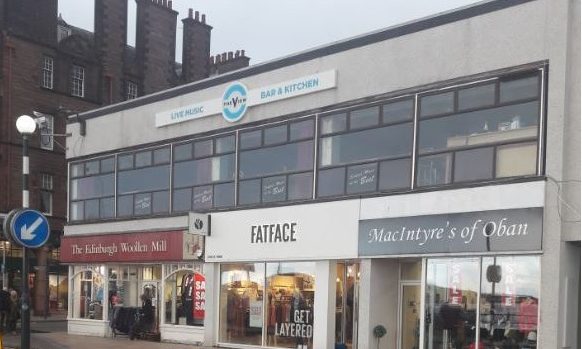
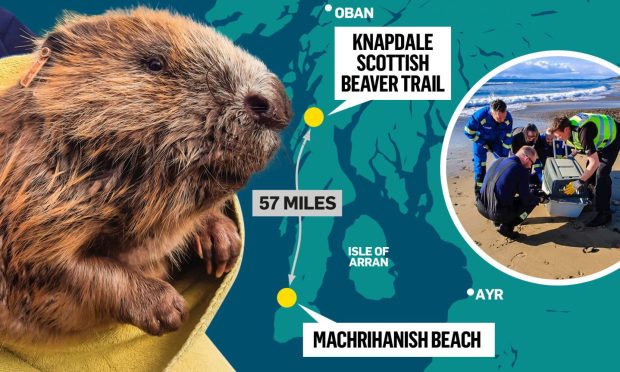
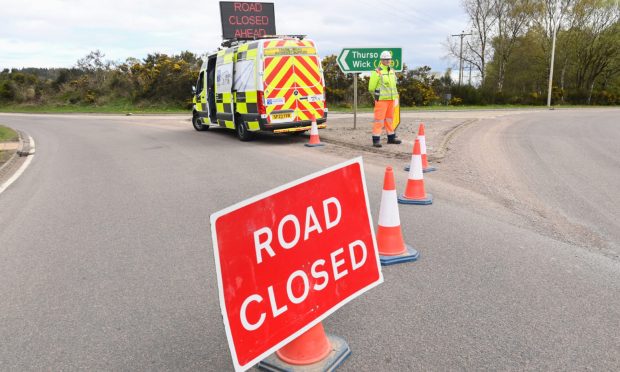
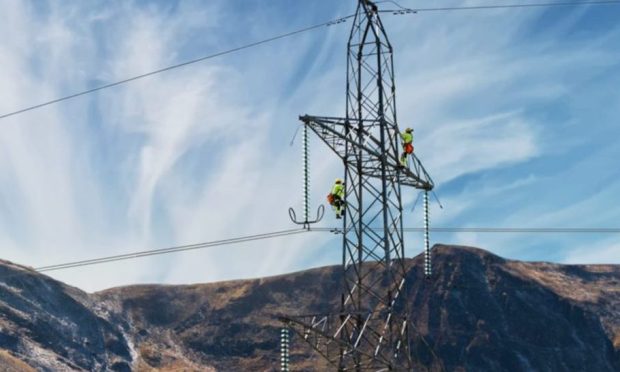
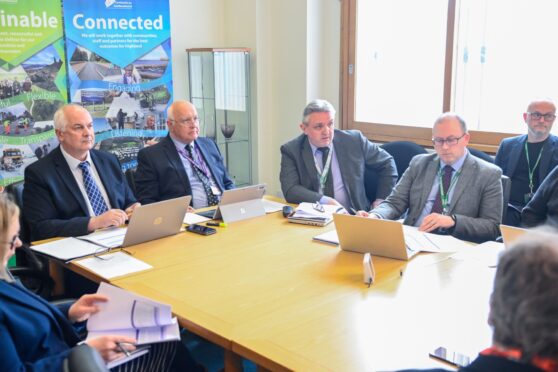
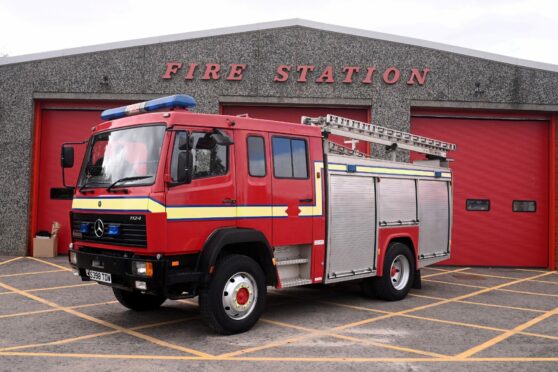
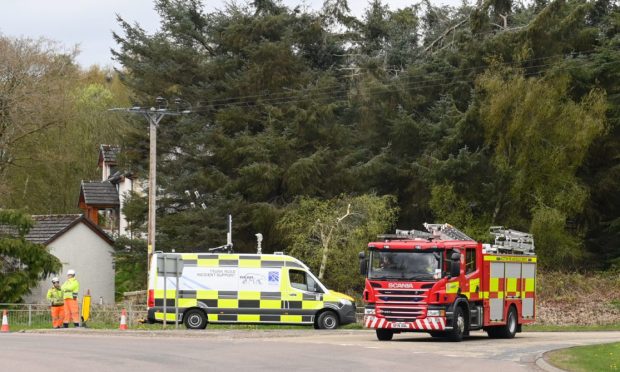

Conversation